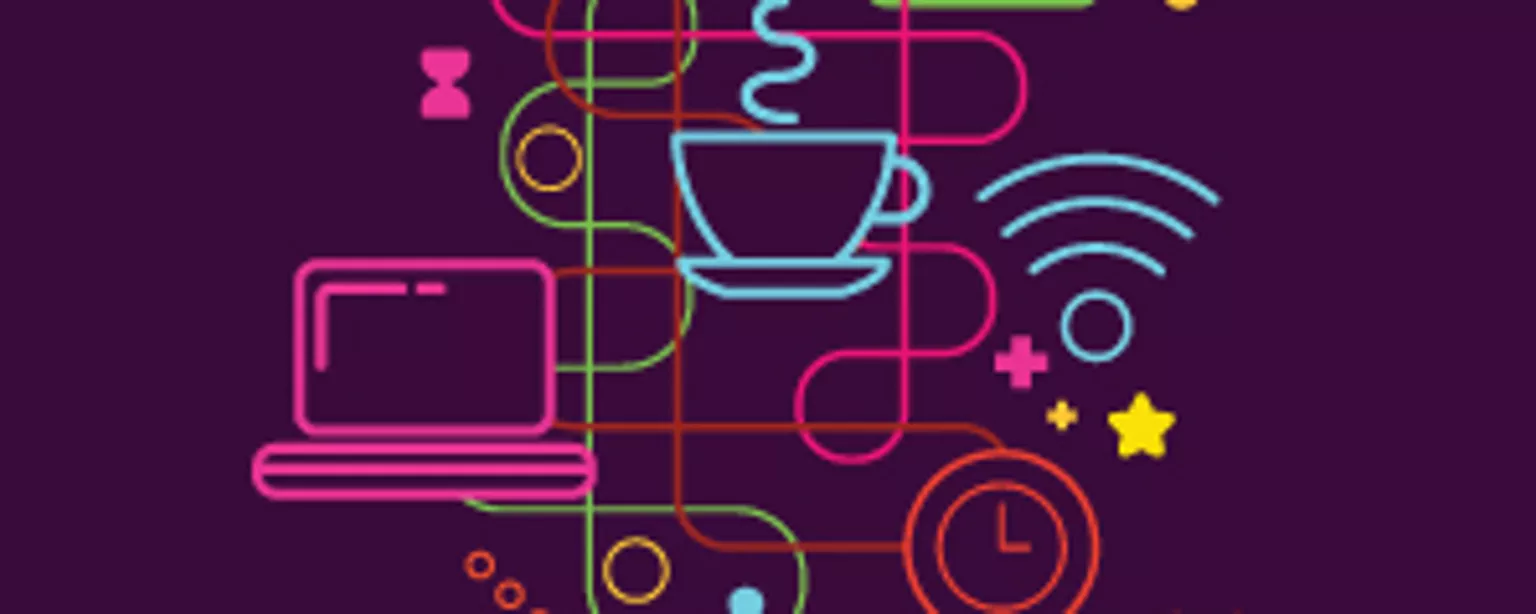For many creative freelancers, coffee shops are a popular venue for connecting with prospective clients. Follow these eight tips to get the most out of your next java-fueled coffee meeting.
Coffee meetings are commonplace, especially for creative freelancers looking for neutral turf to suss out potential clients. Much like a blind date, they offer a quick, casual opportunity to break the ice and get a sense of whether you'd enjoy collaborating. But these get-togethers can also leave you feeling awkward if you're unprepared.
Before you head out to your next coffee meeting, read these eight tips for a successful first encounter.
1. Connect on LinkedIn
If you've never been in the same room with the person you're meeting, you'll want to find out what he or she looks like. One way to do this is to connect on LinkedIn and check out the person's profile picture. Ideally, he or she will do the same, so make sure your photo is up to date. This quick step will save you from asking everyone who walks through the door, "Is your name Pat?"
2. Do some homework
Find out as much as you can about the person and his or her industry before the coffee meeting. "Look for some basic info on what they do and what their business does," says Erin Harris, a graphic designer and marketing coordinator in Boston. "Figure out if any of your past work relates, and be ready to talk about that. If you don't know anything about their industry, do a little research. It can go a long way to a potential client feeling comfortable with your ability to do what they need."
Read the shockingly simple secret to attracting more freelance clients.
3. Show up early for the coffee meeting
Arrive early to scope out a quiet corner and log into WiFi if you plan to use your laptop or tablet. "Getting the right table is important," says David Veal, graphic designer at Veal Creative in San Pedro, Calif. "You do not want the glare of the sun in your eyes, cold air from the door or people in lines standing over you." Showing up early also demonstrates that you're punctual and able to meet deadlines. And make sure your electronics are fully charged in case you can't score a table near an outlet.
4. Expect the unexpected
Have a backup location in mind in case you can't find a table or your first choice is too noisy. "I used to go to a Panera that had a Starbucks within sight of it that could be plan B," says Nathan Duckworth, designer and UX consultant at Duckworth Interactive.
5. Don't meet at high-traffic times
"Stay away from coffeehouses near high schools between 3 p.m. and 5 p.m.," Veal says. "Kids on coffee can be loud, and it can feel like a school cafeteria."
6. When in doubt, pay the bill
Offering to treat shows your generosity. Plan to pick up the tab, but don't worry if the other person grabs his or her own drink or insists on paying – it's only coffee after all, not a pricey dinner. Also, if you agreed to a coffee meeting, don't order food. It's hard to carry on a two-way conversation when one person is eating and the other is not.
Are you a coffee shop etiquette offender?
7. Don't give away too much
It's not uncommon for prospective clients to ask for advice on the spot. Rather than providing specific ideas for solving the person's business challenges, explain your process and mention a few ways in which you've helped others. While it's OK to offer some basic advice, remember that creative problem solving is your currency, and you shouldn't just give it away.
8. Avoid commitments
A coffee shop meeting is your chance to start a conversation with a potential client. Again, focus on how you work and the services you provide. But don't feel pressured to make a commitment – or expect one from them. Your goal should be gauging your chemistry and making sure there aren't any red flags indicating the person would be a difficult client.
It’s unlikely that you’ll receive the full scope of a project from the initial meeting, and you’ll want the opportunity to think about it and ask follow-up questions before you give a quote. Ask the person to reiterate his or her needs, including deliverables and timelines, in writing after the meeting so you can send them a detailed estimate. "Request that they email everything they've stated and you'll respond with the quote within 24 hours," advises Von Glitschka, an illustrative designer at Glitschka Studios in Salem, Ore.
Read our post on how to grow your personal brand as a freelancer.







